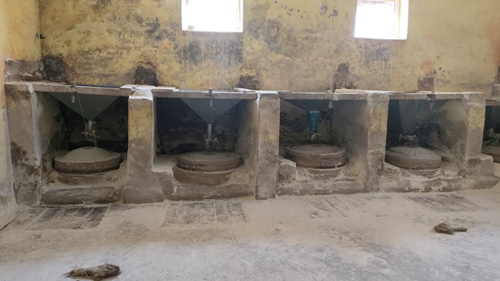In the small town of Pundri in Haryana’s Kaithal district, history continues to turn — quite literally — inside a humble workshop that houses a 135-year-old British-era flour mill. Locally known as a chakki, this mechanical wonder from the colonial period still operates efficiently, drawing the attention of engineers, historians, and curious visitors alike.
Built during the British Raj, the machine stands as a testament to the engineering ingenuity of the 19th century. Unlike modern electric mills, this traditional flour grinder runs on a pulley-based mechanical system that was once powered by hand or animal force. Despite its age, the mill’s gears, belts, and grinding stones remain functional — a reflection of both craftsmanship and care through generations.
The mill’s current custodian, whose family has preserved the machine for decades, proudly says, “This chakki is not just a tool — it’s our heritage. My grandfather used it, and it still works perfectly today.”
Locals and tourists alike visit the site to witness this piece of living history. Many are astonished that a machine over a century old continues to operate without modern technology. Experts have praised it as a rare surviving example of British industrial innovation adapted for Indian rural life.
As the world moves toward automation and AI, the old mill of Pundri stands as a reminder of durability, simplicity, and the timeless value of traditional engineering.







